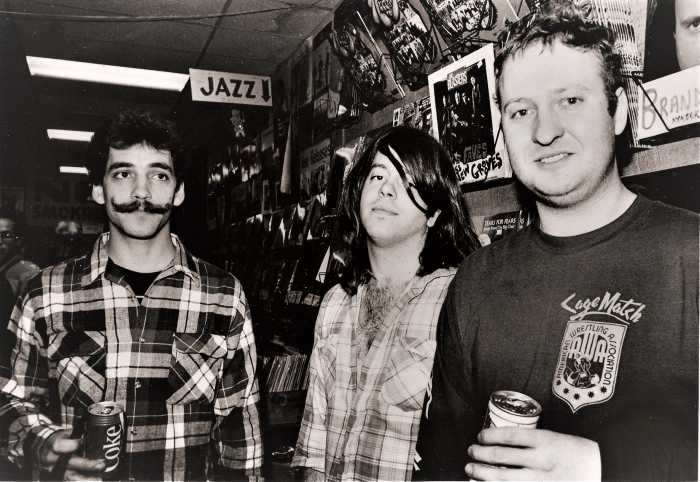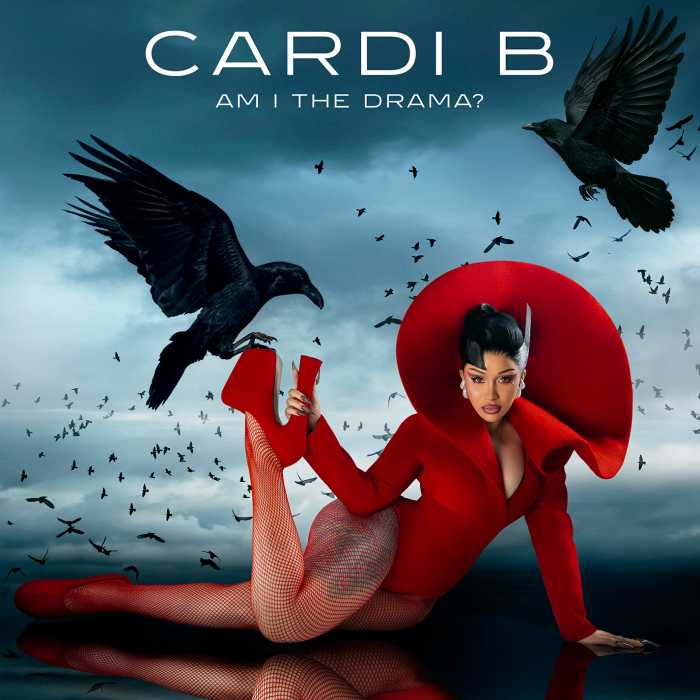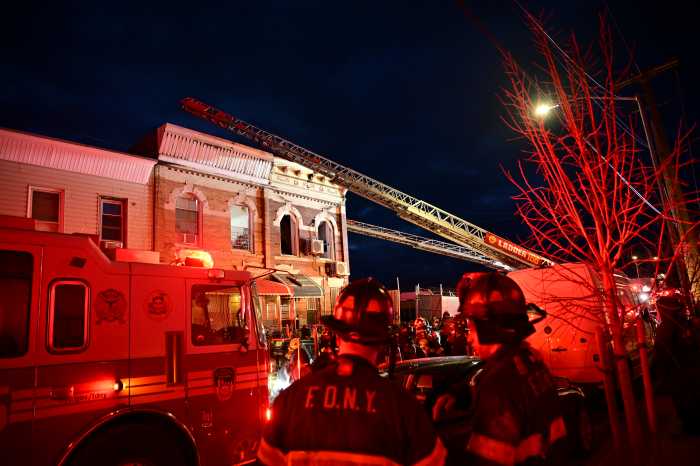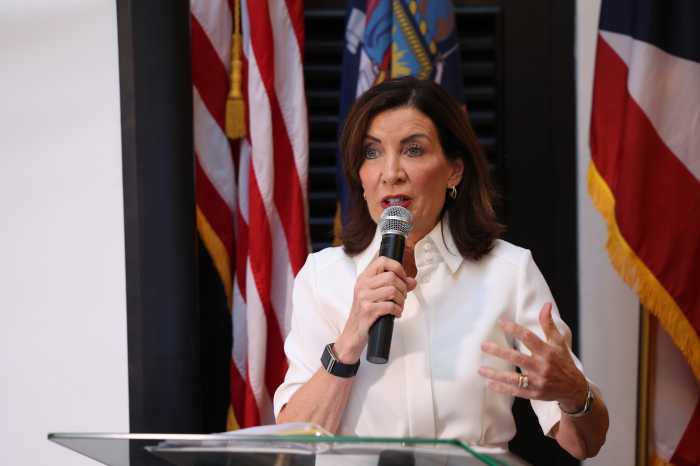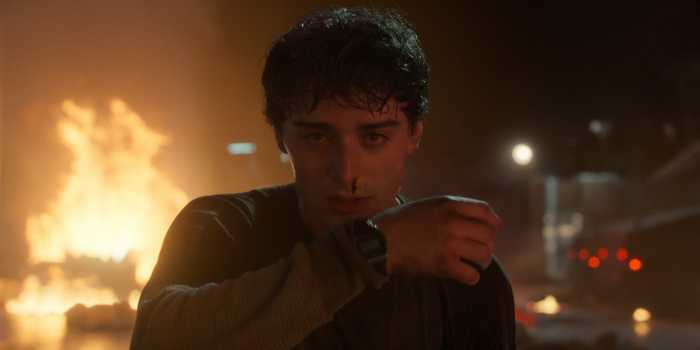The Metropolitan Opera has always prided itself on having all the best singers in the world on its roster. However, there have always been first-rate singers whose idiosyncratic gifts were either not appreciated by the Met administration or didn’t fit into its conservative repertory. Legendary singing actresses like Magda Olivero and Leyla Gencer had negligible or non-existent Met careers.
Conventional vocal beauty applied to the standard repertory has fared better with Met audiences — Renata Tebaldi had a long and successful Met career; Maria Callas, a short and difficult one. Many star singers have preferred to stay in Europe for family reasons or a distaste for long-distance travel.
Today, the major voices are spread thinner. So when a great international opera singer is ignored or neglected by major presenters in New York, the loss is twice as bitter. In April and May, New York audiences got to hear two major international sopranos who have been infrequent visitors to our city.
Italian cult diva Anna Caterina Antonacci falls into the category of idiosyncratic voice and repertory. A striking Mediterranean beauty of dramatic temperament who seems to have stepped out of a Renaissance canvas, she scored in her 20s in Mozart and bel canto repertory. Her voice early on developed problems at the top of the range, forcing her to relinquish soprano roles and pursue a career as a quasi-mezzo-soprano. The Met ignored her for years and then took her out of a contracted debut as Donna Elvira in “Don Giovanni,” replacing her with house favorite Susan Graham. Her only New York appearance was more than a decade ago singing Monteverdi arias and cantatas at the Metropolitan Museum.
In her mid-40s, she found a new teacher who freed her upper register, allowing her to take on parts like the Cherubini Medea. On April 8, Antonacci appeared at Alice Tully Hall in a recital presented by Lincoln Center’s “Great Performers” series that also brought us the equally neglected Christine Brewer in May.
Antonacci chose a program of French and Italian song of the Belle Époque period. Antonacci is a cherished figure in France; he has received the Légion d’Honneur for her services to music. Her French is flavorful and accurate; she tastes the words with the flair of a diseuse. The songs of Gabriel Fauré and Renaldo Hahn evoked Italy and arcadian landscapes in sound pictures radiating lazy sensuality, Hahn’s “Venezia” cycle showing her command of Venetian dialect. Antonacci’s dark tones are pointed rather than velvety, but her smoky chest register and pointed diction suit these pieces perfectly.
The second half included Italian songs by Mascagni, Cilea, Tosti, Respighi, and Refice. These pieces show a French influence — Debussy in particular — with their shifting harmonies and transparent textures. The moods ranged from stark despair to sensual barcarolles and serenades. Antonacci captured each mood with a specific vocal color and the skills of a born storyteller. She used mezza-voce and personally inflected text to create an atmosphere of unusual intimacy, as if each song were being performed directly for each listener alone. Let’s not wait another decade for her return.
The case of Swedish soprano Nina Stemme is different — she has a powerful and beautiful voice that shines in Strauss and, especially, Wagner. Deborah Voigt and Karita Mattila have dominated this repertory at the Metropolitan for over a decade, while Stemme has gone from triumph to triumph in Europe. Short runs as Senta and Ariadne in 2000 and 2010, respectively, have given Metropolitan Opera audiences only a small taste of her artistry. Her San Francisco Brünnhildes over the past two summers have starkly illuminated what we have been missing. On May 24, Carnegie Hall presented Stemme in the title role of Strauss’ “Salome” in concert with the Cleveland Symphony, under Franz Welser-Möst.
Strauss described “Salome” as a “scherzo with a fatal conclusion” that should be conducted like “Mendelssohn fairy music,” but many conductors — such as Georg Solti — have taken the more glaringly dramatic and weighty Wagnerian approach. Welser-Möst gave us the best of both worlds, with light shimmering strings dancing over a churning dark mass of horns and blaring woodwinds. The orchestral texture suggested a superficial atmosphere of decadent refinement and luxurious elegance, with dark violence and evil ready to erupt from underneath the gleaming surface. The Cleveland Orchestra played with equal parts raw power and refinement, never losing control.
Stemme’s Judean princess also covered a wide tonal range from glinting shafts of silvery tone in conversational passages to a core of dark, dense, concentrated tone with thrusting power emerging for dramatic climaxes. She limned a cool, wily Salome who relished her manipulations and perversities, changing from playful girl to angel of death in a heartbeat.
As Jokanaan, Eric Owens, in a gleaming white Nehru jacket and pants, used his rich sable-toned bass-baritone to both seduce and intimidate. A little more text inflection and softer dynamics are needed to give his prophet subtlety as well as force. Veteran Austrian heroic tenor Rudolf Schasching sang Herod’s music with surprising lyricism and shining tone. Both he and Jane Henschel as Herodias were vivid singing actors bringing their venomous exchanges to hilarious and frightening life. Henschel embodied a shrewish virago without ever sounding like one. Garrett Sorenson’s Narraboth also combined strength and lyricism. This concert proved the triumphant operatic finale of a frustrating season of many disappointments.
Stemme will come to the Met in future seasons as Isolde and Elektra in new productions. One hopes she will still be in her prime, as Voigt and Mattila are currently past theirs.
Antonacci will never come to the Met; it would be too little and too late. As I would have preferred Stemme as Brünnhilde over Voigt, Antonacci would have given us a more dramatic and stylish Rodelinda and Rossini Armida than Renée Fleming’s wan, prettified assumptions afforded us.
Meanwhile, another dark horse diva, Ewa Podles, comes to Caramoor next month.




